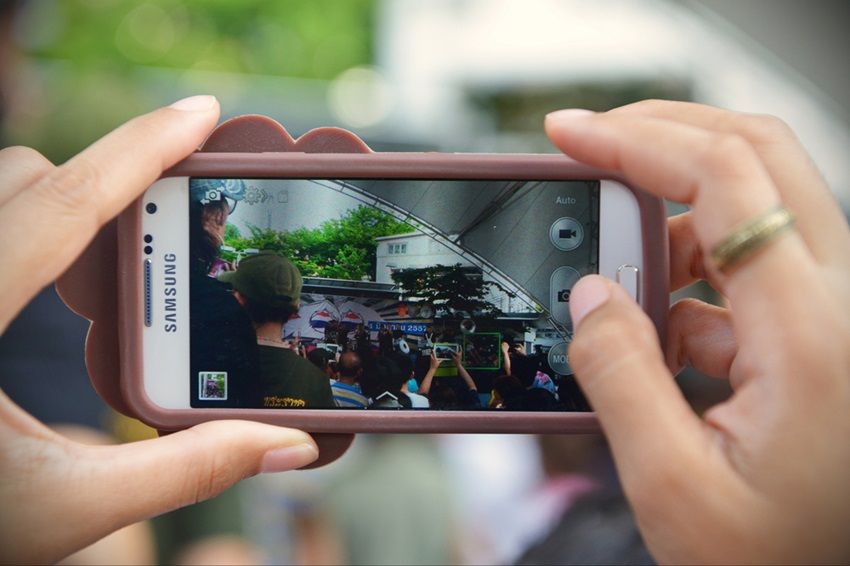
Even as the new administration assumes office, post-protests sparked and sustained by social media continue to ripple, underscoring a growing disconnect between state authority and citizen will. The digital sphere, once dismissed as mere noise, has once again proven itself to be the true heartbeat of democratic expression in Tanzania.
For years, the playbook of authoritarian politics in parts of Africa has followed a predictable rhythm—switch off the internet, choreograph the elections, declare the winner, turn the connection back on and press “continue”. This time, however, Tanzanians flipped the script.
On election day, October 29, citizens flooded the streets, marking not merely discontent but a fundamental evolution in the interplay of power and protest in the digital era.
The buildup to this moment has been long and fraught. In the landscape of African governance, Tanzania has long been regarded as a model of relative stability, its political transitions marked by continuity rather than upheaval.
Few foresaw such bold resistance from a populace traditionally seen as restrained and pacific. However, with the opposition muzzled through intimidation, abductions, and constant threats, tension simmered beneath the surface.
Much like the recent protests in Kenya, the coordination of demonstrations in Tanzania has been driven almost entirely through social media. In contexts where state power constrains traditional media, these platforms have become the new public square—unfiltered, immediate and often beyond the state’s reach. Hashtags have replaced headlines. Livestreams have supplanted evening bulletins.
The youth, particularly Gen Z, have been central to this new wave of activism. Their digital fluency, impatience with failed leadership and continental solidarity have made them formidable agents of change. It is telling that young people from other nations, inspired by Kenya’s recent Gen Z protests, have voiced support and even joined Tanzanians online and on the ground. The spirit of defiance is contagious, and social media is its most potent carrier.
Tanzania’s protests are therefore not merely about one disputed election. They reflect a larger continental shift where technology is rebalancing the power dynamic between citizens and the state. The line between online outrage and real-world mobilisation has blurred; public scrutiny has evolved into public action.
For regimes across Africa, this is a moment that demands introspection. The youth are watching, connected and emboldened. Governments can no longer rely on old playbooks of censorship and coercion. In the digital era, repression only multiplies resistance, and silence can spread just as swiftly as speech.
Tanzania, once defined by its gentle calm, now stands as a symbol of civic courage. Pushed to the edge by misgovernance and heavy-handedness, its citizens are rewriting the narrative. The message reverberating across Africa is clear: ignore the digital generation at your peril. The people have found their voice, and it echoes online.
Communication strategist




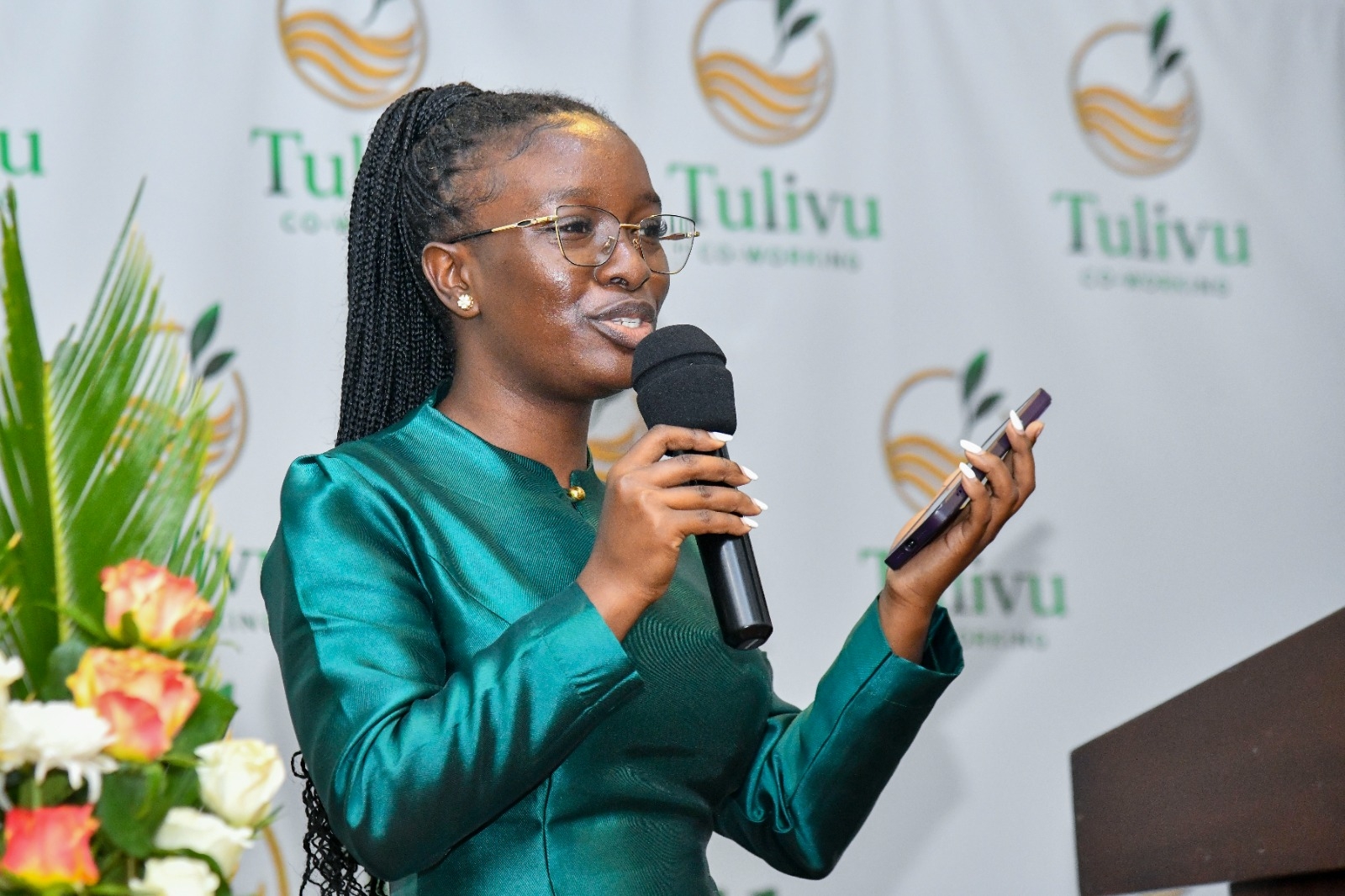



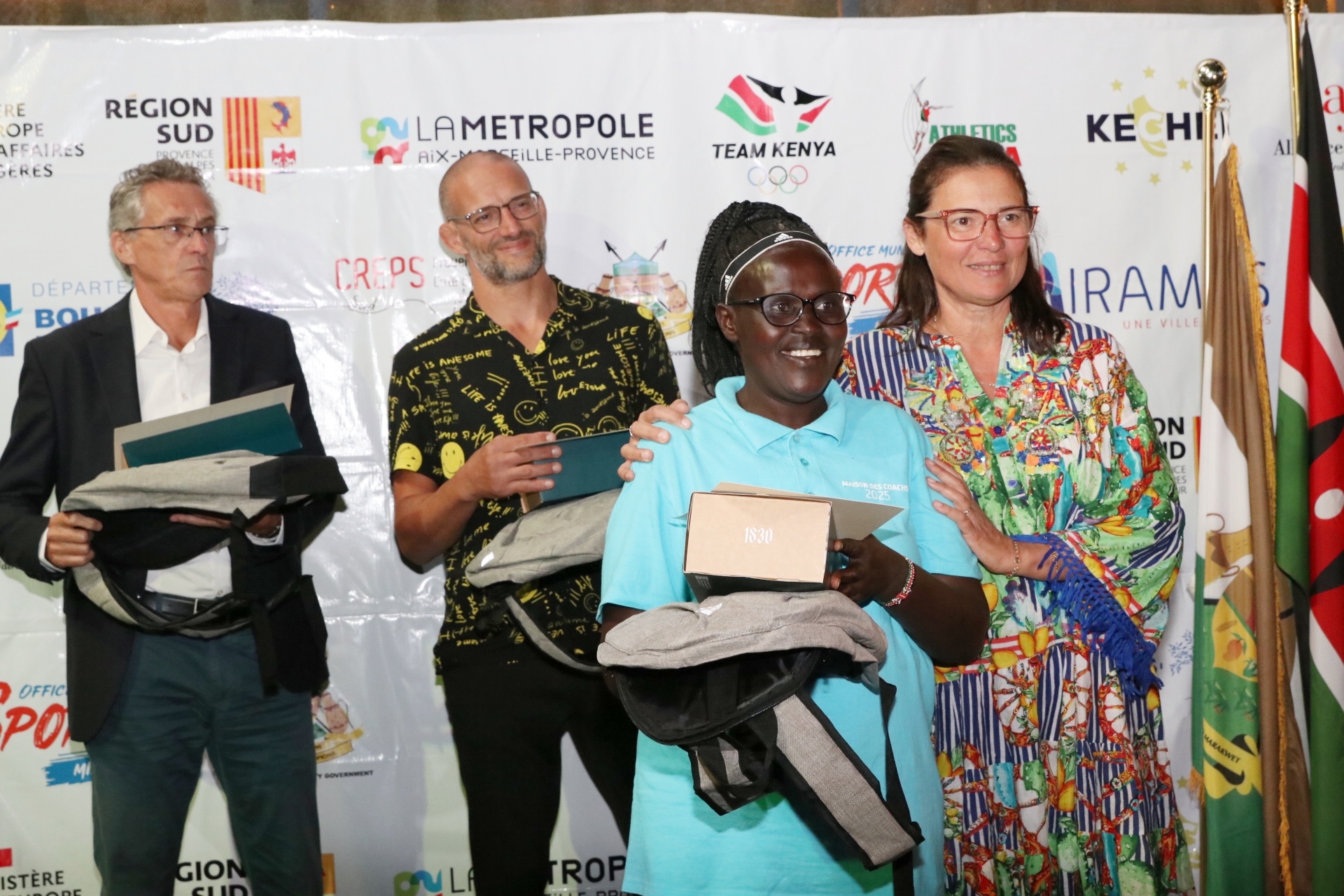
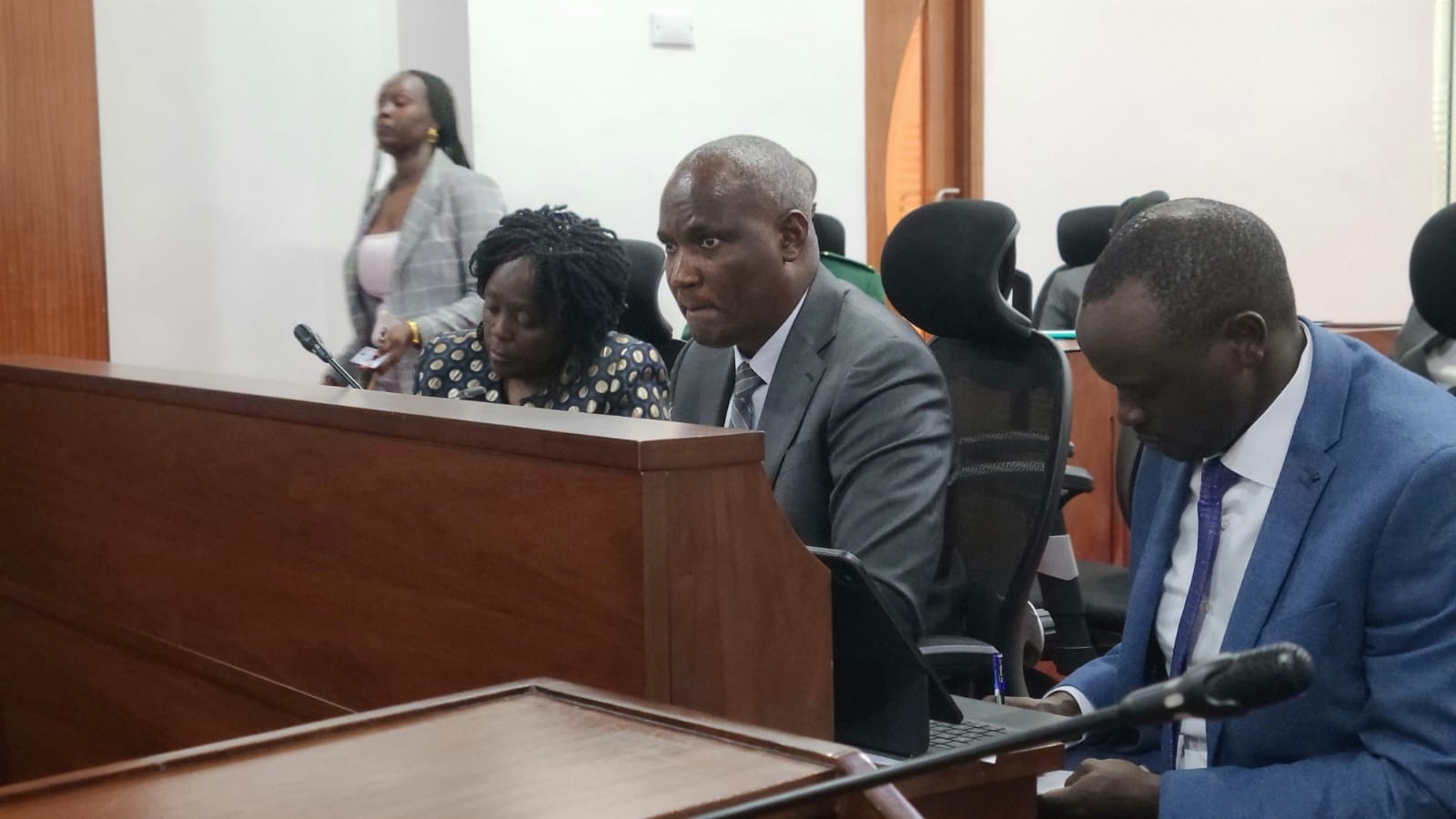
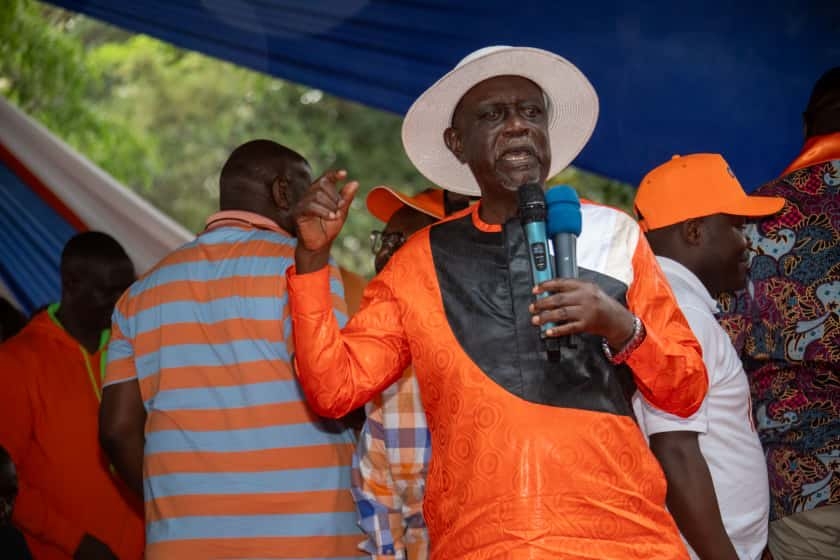

![[PHOTOS] Uhuru leads Jubilee grassroots meeting in Murang’a](/_next/image?url=https%3A%2F%2Fcdn.radioafrica.digital%2Fimage%2F2025%2F11%2F0b2a49cd-52fb-4a92-b9dc-26e253825a4a.jpeg&w=3840&q=100)
